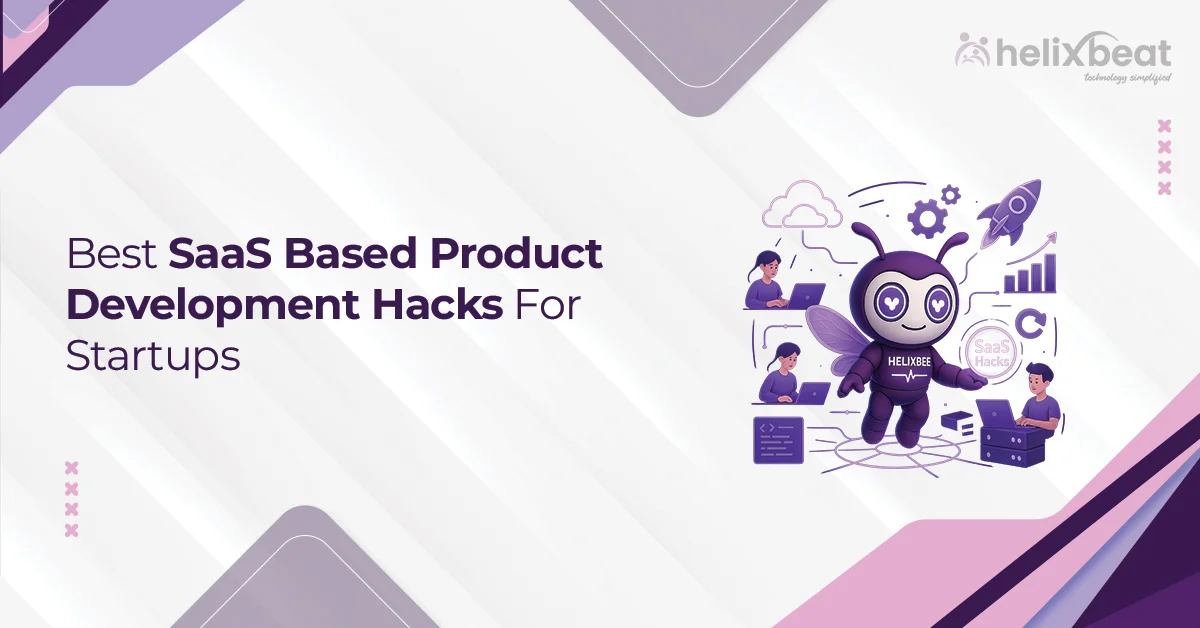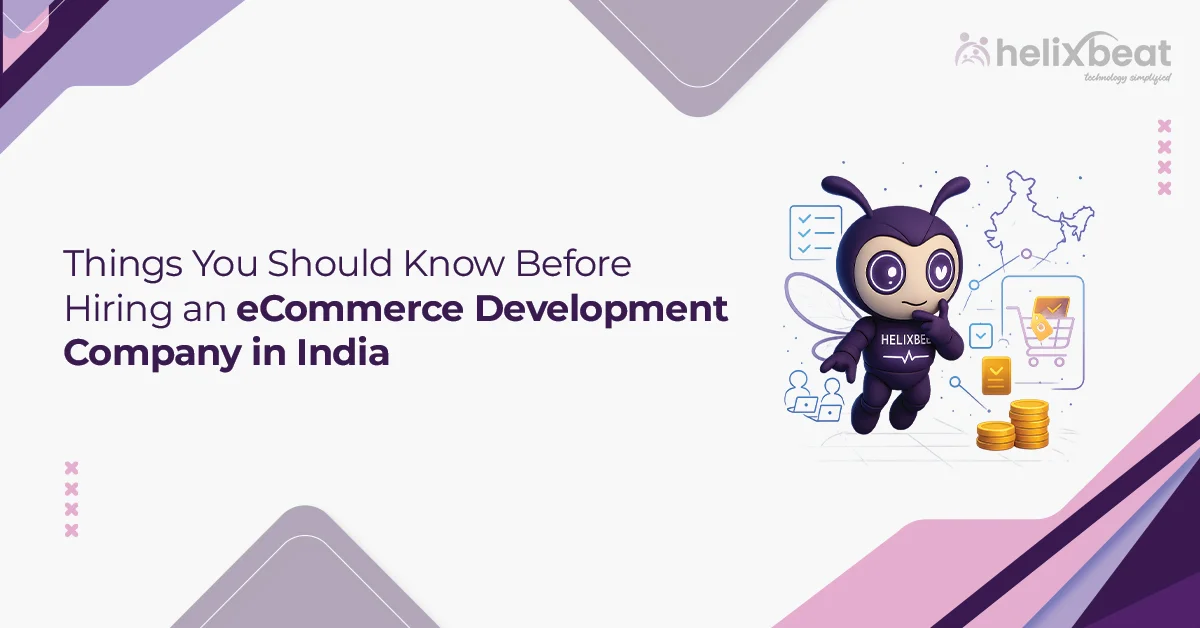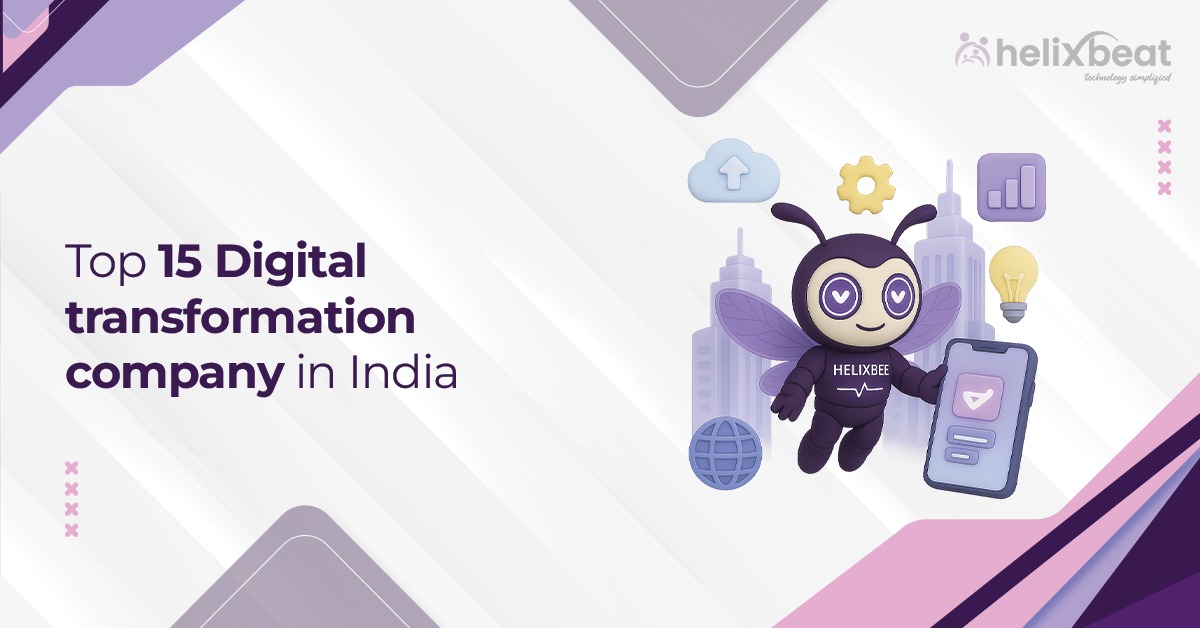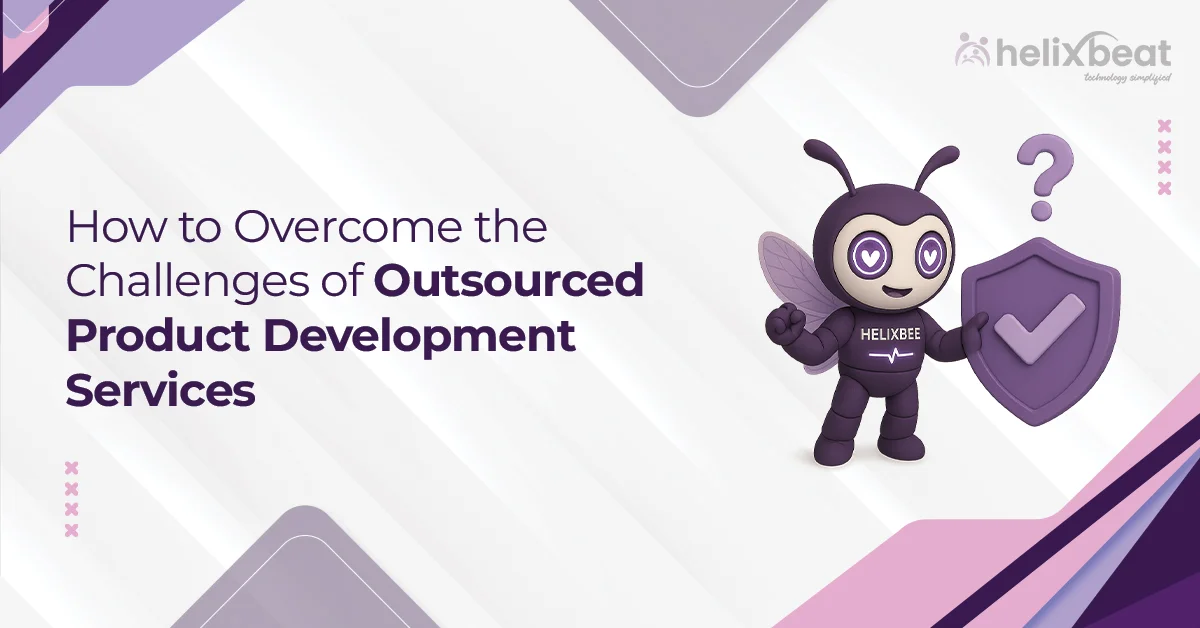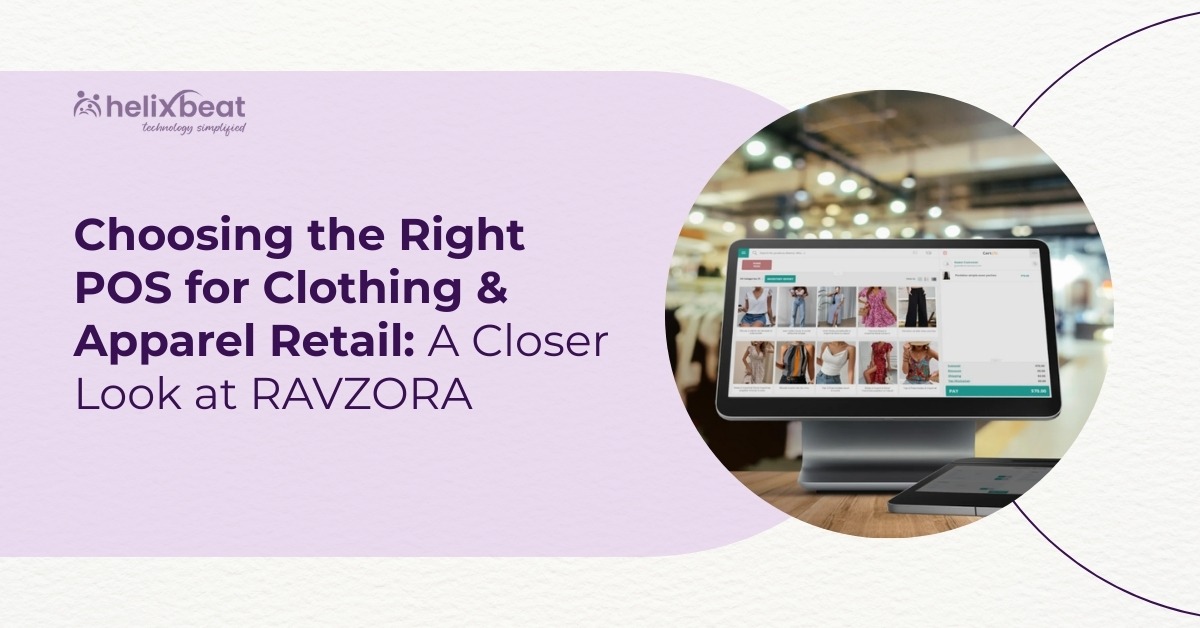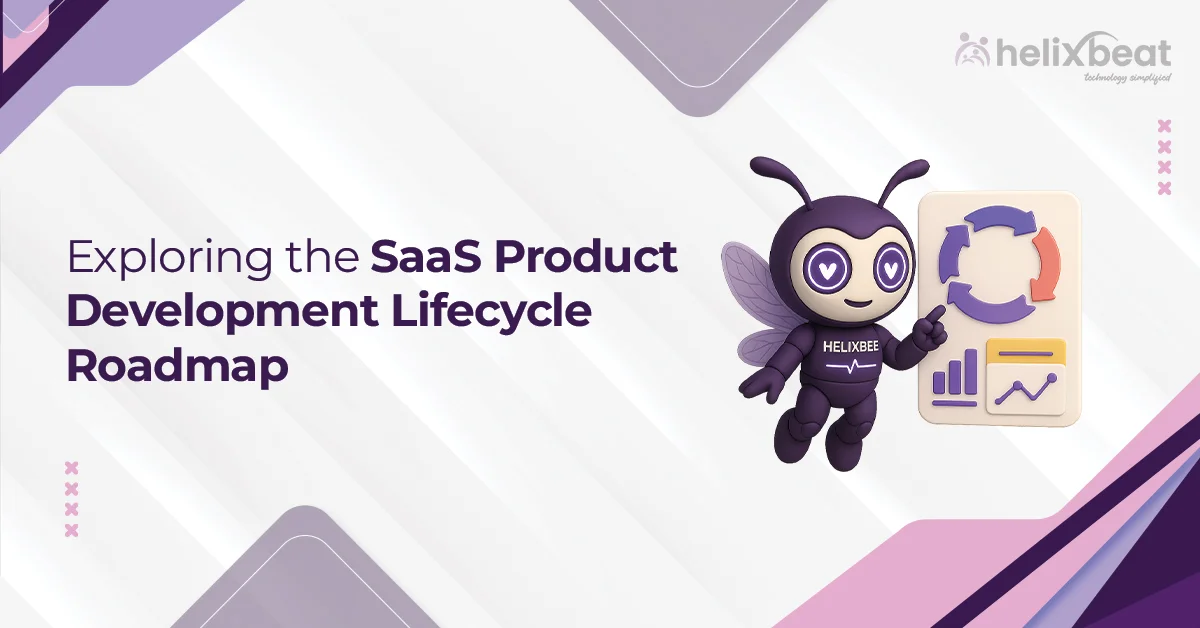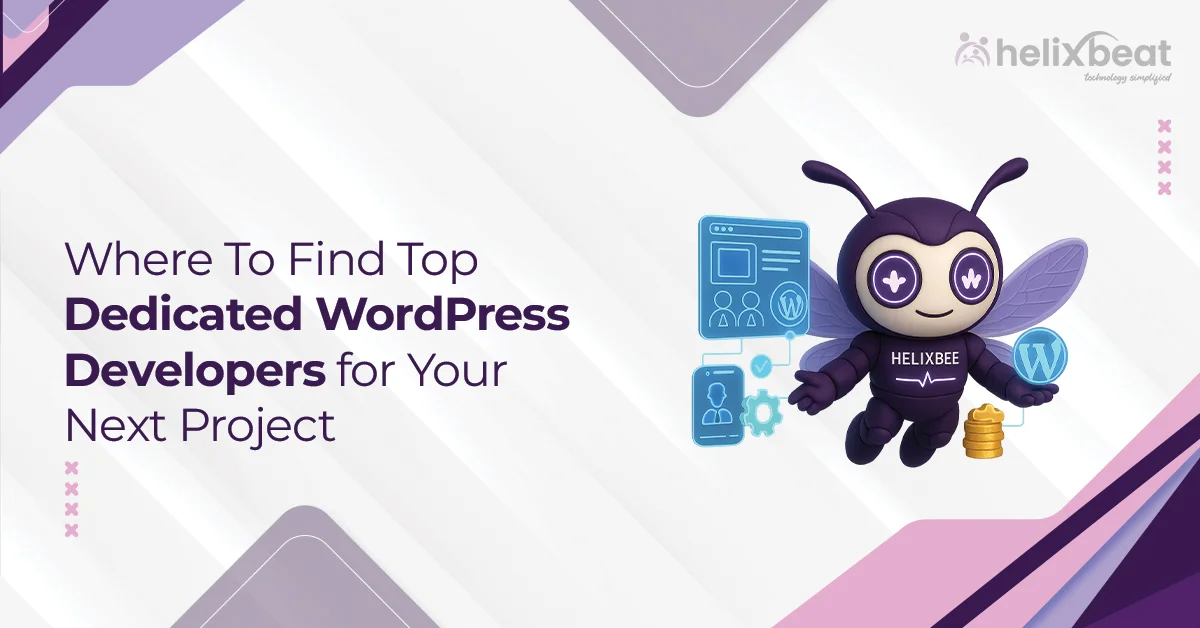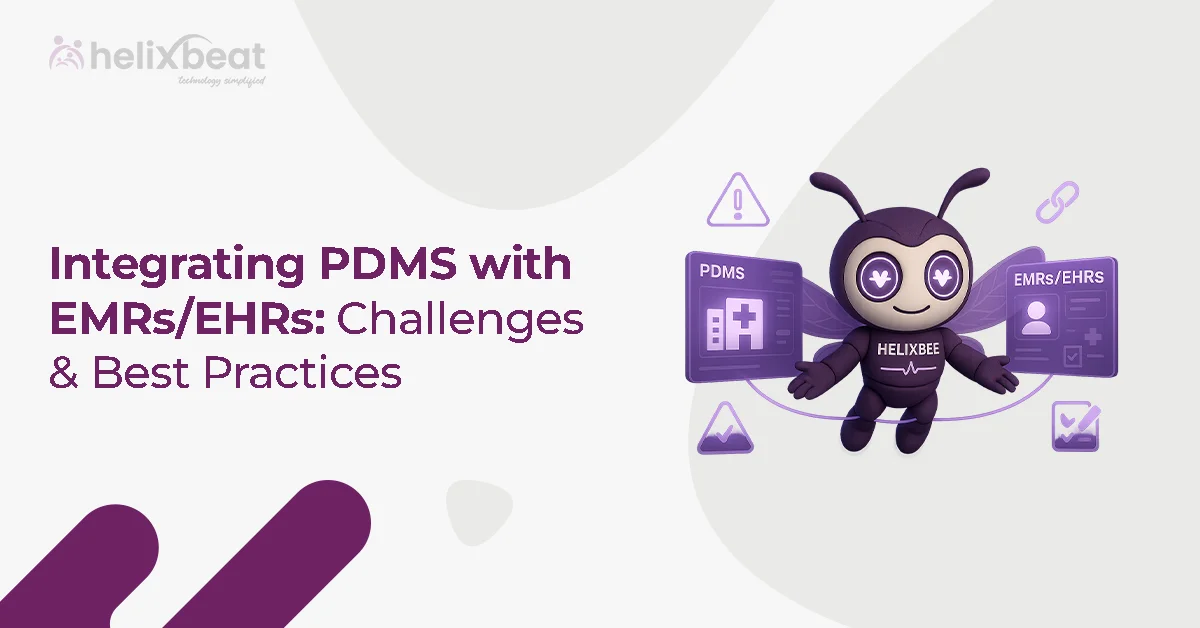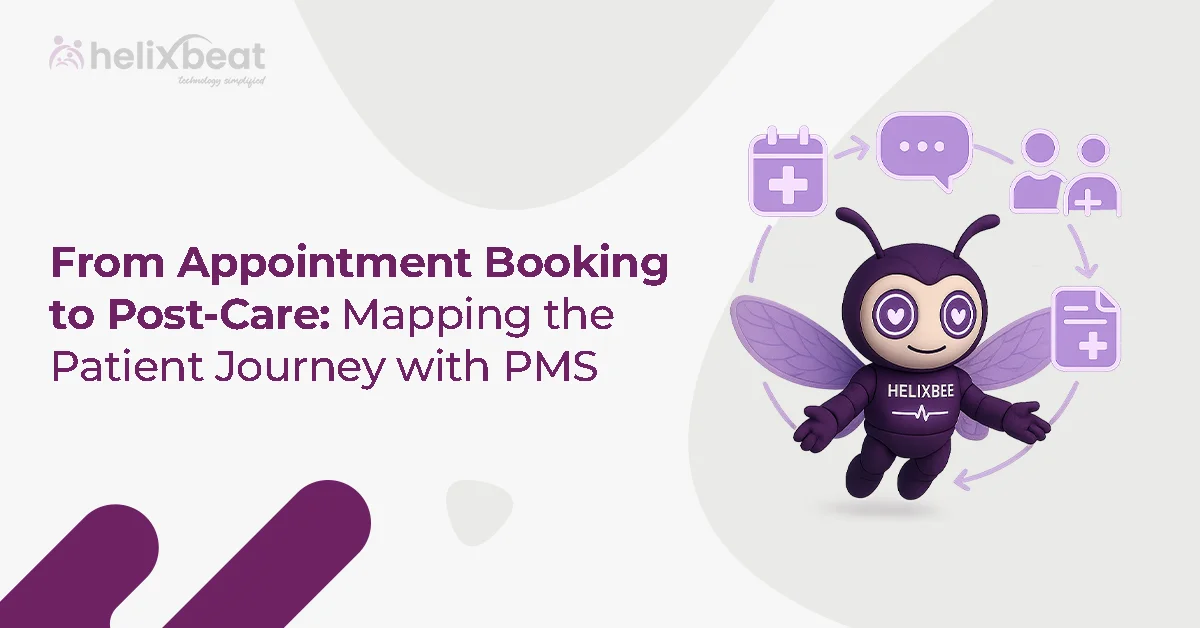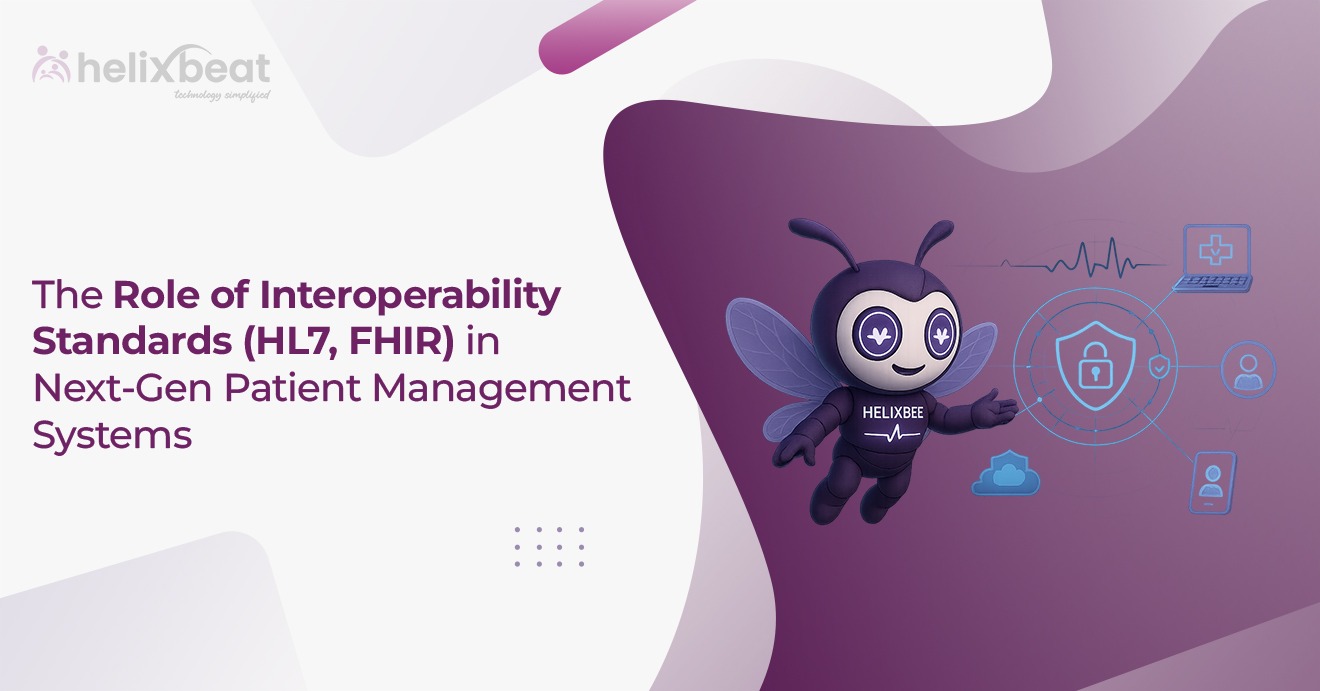The global SaaS market is expected to reach $908 billion by 2030, growing fast every year [1]. SaaS tools are everywhere from managing customers to tracking tasks, and they’re changing how businesses work.
But here’s the problem: more than 90% of SaaS startups fail. Why? Because many rush into development without proper planning. They miss key steps, spend too much money, and end up building products that users don’t really need.
That’s why having a clear SaaS product development process is so important. It gives you a step-by-step path to turn your idea into a working product, without the confusion or guesswork.
Whether you’re a startup building your first MVP or a business expanding your tech offerings, following the right process helps you save time and avoid mistakes. Let’s see the SaaS development process and expert tips from Helixbeat to help you bring your SaaS vision to life.
Table of Contents
Why SaaS is Important?
SaaS (Software as a Service) is important because it offers a flexible, cost-effective way for businesses to use software without needing to install or maintain it themselves. With SaaS, companies can access powerful tools through the cloud, pay only for what they use, and scale up or down as needed.
This model supports remote work, faster collaboration, automatic updates, and lower upfront costs, making it helpful for startups and small businesses. For larger enterprises, SaaS simplifies IT management and speeds up digital transformation.
In short, SaaS based product development allows businesses of all sizes to move faster, stay competitive, and deliver better experiences to their customers.

Reasons for Startups and Corporates to Build a SaaS Product
For both startups and large companies, following the SaaS product development process offers several strategic advantages that go beyond just building software.
- Low Initial Investment: SaaS based product development reduces the need for heavy infrastructure or upfront costs, making it ideal for startups with limited budgets.
- Faster Time to Market: A well-structured SaaS product development process helps companies build and launch products quickly, allowing them to test ideas and gain feedback faster.
- Scalability Made Easy: SaaS products are built on cloud platforms, so startups and corporates can easily scale their services as their user base grows—without needing major technical upgrades.
- Recurring Revenue Model: For both startups and enterprises, SaaS offers a steady income stream through subscriptions, improving long-term financial planning.
- Remote Access & Flexibility: SaaS tools can be accessed from anywhere, enabling teams to work remotely, collaborate better, and serve customers across different locations.
By adopting a structured SaaS product development process, businesses can reduce risks, improve product quality, and unlock long-term growth potential.
7 Steps in SaaS Product Development Process
A well-executed SaaS product development process follows a series of strategic and technical steps, each contributing to the creation of a scalable, secure, and market-ready solution. Here’s a breakdown of the seven key stages:
1. Market Research & Requirement Gathering
This phase involves identifying your target audience, pain points, and competitive landscape. Techniques like user persona development, SWOT analysis, and voice of customer (VoC) studies help define what the product should solve. Functional and non-functional requirements are documented to serve as the foundation for development.
2. Product Architecture & Tech Stack Selection
In this stage, the software architecture is designed, typically using microservices or multi-tenant cloud architecture for flexibility and scalability. You’ll also choose the right technology stack (frontend, backend, database, DevOps tools) based on performance, security, and integration needs.
3. UI/UX Design
Creating an intuitive and responsive user interface is critical. Using tools like Figma, Adobe XD, or Sketch, wireframes and prototypes are built, followed by user journey mapping. A strong focus on user experience (UX) ensures better product adoption post-launch.
4. MVP Development
A Minimum Viable Product (MVP) is developed with core features that address the primary user problem. Agile methodologies and scrum-based sprints are used to iterate quickly. This phase enables early testing, user feedback, and faster validation before investing in full-scale development.
5. Quality Assurance & Security Testing
Rigorous QA testing is performed through automated test scripts, regression testing, and performance benchmarking. Security protocols like data encryption, role-based access control (RBAC), and OWASP compliance are implemented to protect user data and meet compliance standards (e.g., GDPR, HIPAA).
6. Deployment & CI/CD Integration
The product is deployed using Continuous Integration/Continuous Deployment (CI/CD) pipelines with tools like Jenkins, Docker, or Kubernetes. Cloud services such as AWS, Azure, or Google Cloud Platform (GCP) are used to host the application and support scalability and uptime.
7. Post-Launch Support & Iteration
Once live, the product enters a maintenance and scaling phase. Teams monitor system logs, gather user analytics via tools like Mixpanel or Hotjar, and roll out periodic updates. Based on feedback, new features are added, and performance optimizations are made to align with evolving user needs.
Each step in the product development process is critical, not just for building a product, but for creating a solution that performs reliably, grows with demand, and delivers lasting value to users.
How to Avoid Common Pitfalls in SaaS Product Development
Even with a well-structured SaaS product development process, teams can run into challenges that affect product quality, timelines, or user adoption. Here are four often-overlooked pitfalls and how to avoid them:
1. Misaligned Team Communication
SaaS projects involve cross-functional teams working across design, development, and testing. Without proper communication channels, things fall through the cracks. Use tools like Slack, Jira, or Confluence to keep everyone in sync, especially when working in agile sprints.
2. Poor DevOps Strategy
Lack of a strong DevOps pipeline can lead to production errors and unstable releases. Implement CI/CD workflows, containerization (like Docker), and use monitoring tools (like New Relic or Datadog) to maintain application stability and version control.
3. Not Monitoring KPIs After Launch
Many teams forget to measure performance after deployment. Track key SaaS metrics such as MRR (Monthly Recurring Revenue), churn rate, customer lifetime value, and user engagement analytics to drive post-launch decisions.
4. Neglecting Customer Onboarding & Support
Even the best product won’t succeed if users don’t understand how to use it. Set up guided onboarding flows, knowledge bases, and responsive support systems to improve user retention and reduce churn.
How Much Does It Cost to Build a SaaS Product? Key Factors Explained
The cost of building a SaaS product can vary significantly based on the complexity of the idea, features required, and the development team’s experience. On average, SaaS product development can range anywhere from $25,000 to $250,000 or more. Understanding the key cost drivers in the SaaS product development process helps teams budget wisely and avoid unexpected expenses.
Here are the main factors that impact cost:
1. Product Complexity
Simple SaaS products with basic functionality (like a task tracker or CRM) cost less than complex platforms involving real-time collaboration, integrations, or AI features. The more advanced the features, the higher the development hours and cost.
2. Development Team Structure
Hiring a full in-house team can be more expensive than working with a SaaS product development company. You’ll need front-end and back-end developers, UI/UX designers, QA testers, DevOps engineers, and a project manager. Outsourcing or working with a dedicated partner can lower overall costs while still maintaining quality.
3. Technology Stack & Architecture
The choice of programming languages, cloud platforms (like AWS or GCP), databases, and frameworks affects both performance and budget. Building a multi-tenant, cloud-native app with CI/CD pipelines and robust security adds to the overall cost—but pays off in scalability and stability.
4. UI/UX Design
A well-designed interface boosts user retention but requires a dedicated UX strategy and design sprints. Costs increase when incorporating responsive design, accessibility compliance, and interactive prototyping tools like Figma or Adobe XD.
5. Security & Compliance
If your product handles sensitive data (like financial or health records), you’ll need to factor in costs for data encryption, penetration testing, and compliance certifications (e.g., GDPR, HIPAA). These safeguards are essential but come with additional investment.
6. Ongoing Maintenance & Scaling
Your SaaS journey doesn’t end at launch. Ongoing bug fixes, feature enhancements, server monitoring, and customer support should be part of your cost planning. Many teams allocate 15–25% of initial development cost for yearly maintenance.
While the cost of SaaS based product development may seem high upfront, a well-planned SaaS product development process can prevent budget overruns, speed up time to market, and deliver long-term ROI.
Expert Tips from Helixbeat on Building a High-Performance SaaS Product
At Helixbeat, we’ve helped businesses across industries bring their ideas to life through a well-structured SaaS product development process. Here are five proven tips from our experts to build a high-performing, scalable SaaS solution:
1. Start with a Lean MVP, but Think Long-Term
Focus on launching fast with a feature-light Minimum Viable Product to validate demand. But always design your product architecture with long-term scalability in mind. This saves time and costs when expanding later.
2. Prioritize Cloud-Native & Microservices Architecture
Building with microservices and using cloud-native technologies (like AWS Lambda or Kubernetes) enables high availability, easier updates, and better performance under load, especially as your user base grows.
3. Invest Early in DevOps and CI/CD
Automated Continuous Integration/Continuous Deployment (CI/CD) pipelines streamline updates, reduce bugs, and improve release cycles. At Helixbeat, we integrate DevOps practices right from the first sprint.
4. Design for Customer Retention, Not Just Acquisition
Beyond building features, focus on the user experience, onboarding flows, and feedback mechanisms. Tools like Hotjar, Mixpanel, and in-app messaging help you keep users engaged and reduce churn.
5. Build a Cross-Functional Team from Day One
A successful SaaS product requires more than developers. Collaborate with UI/UX designers, QA testers, product managers, and growth strategists to align technology with business goals from the start.
With the right team and a reliable SaaS product development company like Helixbeat, turning your vision into a high-performance SaaS product is not only possible, it’s predictable.
Final Words
Building a successful SaaS product goes beyond writing code, it requires a clear vision, a structured SaaS product development process, and the right team to bring it all together. From market research and MVP planning to deployment and scaling, every stage plays a crucial role in turning your idea into a reliable, user-focused solution.
With the support of an experienced SaaS product development company like Helixbeat, you can navigate this journey with confidence, avoid costly mistakes, and launch a product that grows with your business.
Helixbeat is a trusted SaaS product development company known for building scalable, secure, and user-friendly software across industries. To build your SaaS product, get a free consultation with Helixbeat now.
FAQ
1. What is the SaaS product development process?
It’s a structured process that includes idea validation, UI/UX design, development, testing, deployment, and continuous updates to build scalable, cloud-based software delivered via subscription.
2. How long does it take to build a SaaS product?
Depending on complexity, it usually takes 3 to 9 months. A basic MVP can be built in 8–12 weeks, while full products take longer.
3. How do I choose the right SaaS development company?
Choose a company with proven SaaS expertise, a strong portfolio, agile practices, and the ability to support you from product strategy to post-launch scaling.
4. What’s the biggest mistake in SaaS development?
The most common mistake is skipping user validation and building too many features too soon leading to wasted time, budget, and poor user adoption.
5. What technologies are used in SaaS development?
SaaS products often use React, Node.js, Python, AWS, Docker, and Kubernetes combined with secure APIs and scalable microservices architecture for performance and flexibility.





